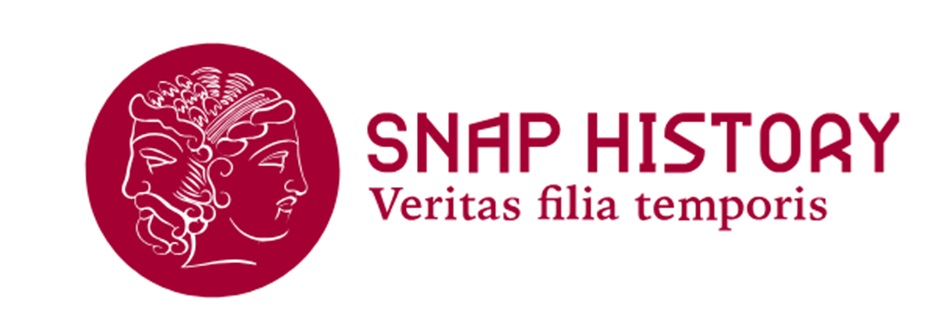The collaborators of the conquistadors
The natives who helped the Spanish conquer Mexico

Illustration from 1576 contained in the Duran Codex, depicting Cortés sitting next to an indigenous general who is his ally while talking to Marina, the Spanish name of the woman who went down in history as "La Malinche". In the background is one of the brigantines that Cortés' army will use to lead the amphibious attack on Tenochtitlan. Image from commons.wikimedia.org
In 1519, the Spaniards who landed on the coast of Mexico were welcomed by many native populations as liberators. The Aztec Empire, with its capital in Tenochtitlan, was hated by the cities and villages it had subjugated. The heavy tributes demanded (gold, feathers, textiles, sacrificial victims) and the constant abuses by Aztec soldiers and tax collectors were particularly despised. One of the first groups within the empire to side with the Spaniards were the Totonacs. Cortés convinced the chief of one of their cities, Cempoala, to arrest the Aztec tax collectors, securing his alliance. After defeating them, Cortés also persuaded the Tlaxcalans, organized into a federation of cities, to join his side to fight their archenemy, the Aztec Empire. The conquistadors also managed to secure the betrayal of the city of Texcoco, which had been a close ally of Tenochtitlan upon their arrival. With each new alliance agreement, native warrior contingents joined Cortés's army, which soon consisted of a few hundred Spaniards and tens of thousands of indigenous soldiers.
Cortés, wanting to maintain his image as a heroic liberator in front of the natives, imposed strict discipline on the Spanish soldiers: one was even hanged for stealing chickens in an allied village. The Tlaxcalans played a particularly important role: after being driven out of Tenochtitlan in 1520, Cortés took refuge in Tlaxcala, where he reorganized his forces for the siege of the empire's capital. The Franciscan historian Motolinía even recounts that "If it had not been for the Tlaxcalans, they (the Spaniards) would all have died." As a result, after the conquest, the Tlaxcalans were rewarded with privileges and tax exemptions, a treatment not afforded to many other allied populations. Another significant contribution came from Malinche, a Nahuatl-speaking woman who played a crucial role in mediating between the Spaniards and the natives, eventually becoming Cortés's lover.
Book: Tzvetan Todorov, La conquista dell'America. Il problema dell'"altro" , Einaudi, 2014
Book: Renata Ago, Vittorio Vidotto, Storia Moderna, Publishers Laterza, 2021
2025-03-25
Salvatore Ciccarello
